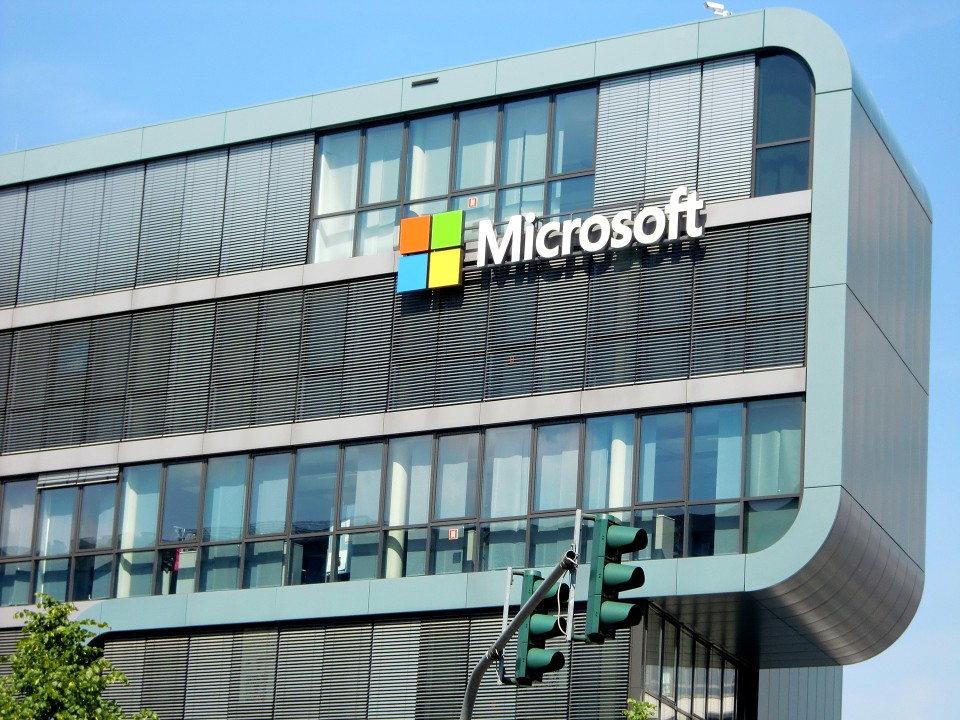Introduction
For years, Microsoft has been dismissed as a relic of the past, overshadowed by more innovative tech companies. However, recent developments have challenged this perception, showcasing Microsoft’s newfound agility and ability to innovate. This article explores the cultural transformation that has propelled Microsoft back into the spotlight, highlighting valuable lessons for companies across industries.
Challenging the Status Quo
On February 7th, Microsoft CEO Satya Nadella made headlines by announcing a bold move in the realm of artificial intelligence. By integrating Open AI’s ChatGPT technology into its much-maligned Bing search engine, Microsoft aimed to revolutionize the search experience and directly challenge industry leader Google. This unexpected maneuver signaled a departure from Microsoft’s traditional role as a follower and marked its foray into uncharted territory.
A Shift in Strategy
This strategic shift did not happen overnight. It was the result of a fundamental change in Microsoft’s approach to innovation and competition. Under Nadella’s leadership, the company abandoned its defensive posture and embraced a more proactive stance. Instead of clinging to past successes, Microsoft sought out new opportunities and formed strategic partnerships with rival platforms and emerging startups.
The Role of Cultural Transformation
At the heart of Microsoft’s resurgence lies a profound cultural transformation. Nadella’s appointment as CEO in 2014 marked the beginning of this shift. He challenged the company to “rediscover its soul” and redefine its purpose in a rapidly evolving tech landscape. This existential moment prompted Microsoft to adopt a startup mindset, prioritize customer-centricity, and empower its engineers to explore new frontiers.
Embracing Innovation
Key to Microsoft’s transformation was its willingness to embrace innovation at every level of the organization. From restructuring hierarchies to fostering a culture of collaboration and experimentation, Microsoft became more agile and adaptable. Initiatives like the world’s largest private hackathon fostered creativity and cross-functional collaboration, enabling the company to tackle challenges with speed and agility.
Bold Actions and Strategic Investments
Microsoft’s revival was not without risks. The company made bold moves, including the acquisition of industry pioneers like LinkedIn and GitHub, signaling its commitment to driving change and staying ahead of the curve. By shedding outdated projects and investing in future-facing technologies, Microsoft demonstrated its willingness to disrupt itself in pursuit of growth and relevance.
Lessons for the Future
The resurgence of Microsoft serves as a powerful reminder that organizational transformation is possible, even for established giants. By rallying around a shared vision, fostering a culture of innovation, and taking decisive action, companies can overcome inertia and adapt to a rapidly changing world. Whether in tech or other industries, the key lies in embracing change, cultivating agility, and daring to chart a new course forward.
Conclusion
In conclusion, Microsoft’s journey from a 20th-century powerhouse to a 21st-century innovator offers valuable insights for companies navigating disruptive forces in their industries. By prioritizing cultural transformation, embracing innovation, and making bold strategic choices, organizations can position themselves for long-term success in an ever-evolving marketplace. The lesson is clear: to thrive in the digital age, companies must be willing to challenge the status quo, embrace change, and chart a bold course toward the future.
